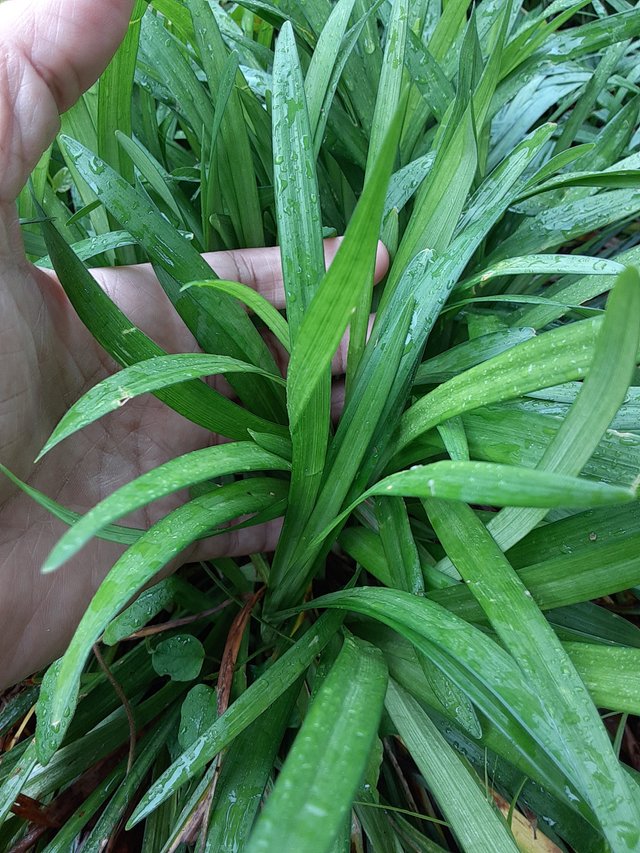
Carex plantaginea, also known as plantain-leaf sedge, seersucker sedge, or broad-leafed sedge, is a low-growing perennial grass that is native to eastern North America. It is characterized by its broad, bright green leaves that are dimpled and puckered.
The leaves are arranged in a basal clump and can grow up to 12 inches long. In spring, the plant produces showy flower spikes that are purple-brown in color.
The leaves of Carex plantaginea are M-shaped in cross-section and have a prominent midrib and two conspicuous lateral veins. The leaves are hairless and often over 1 cm wide. They are typically green, but can sometimes be brown or red-purple. The leaves are evergreen and can persist throughout the winter in mild climates.
Carex plantaginea is a shade-tolerant plant that can grow in a variety of soil conditions. It prefers moist to average soil, but can tolerate dry conditions. The plant is also tolerant of full sun, but the leaves will brown in the sun if the plant is not watered regularly.
Carex plantaginea is a popular ornamental plant that is used in woodland gardens, borders, and rock gardens. It is also a good choice for erosion control. The plant is easy to care for and is relatively pest- and disease-free.
Here are some additional facts about Carex plantaginea:
- The plant blooms in early spring, from April to May.
- The flowers are pollinated by insects.
- The seeds are dispersed by wind.
- The plant can grow up to 8-12 inches tall and 24 inches wide.
- Carex plantaginea is a rhizomatous plant, which means that it spreads by underground rhizomes.
- The plant is hardy in USDA zones 4-9.
Ref.:
 |  |
Upvoted! Thank you for supporting witness @jswit.
Downvoting a post can decrease pending rewards and make it less visible. Common reasons:
Submit